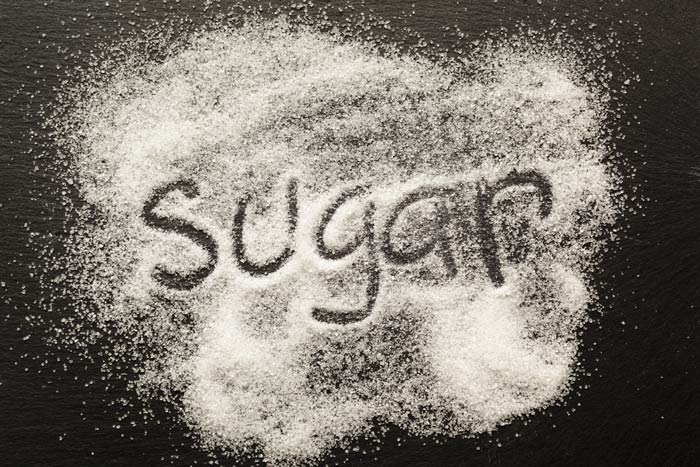The Risk of Sugar Shortage in the Second Half of 2023: A Global Analysis

The sugar industry is currently facing a challenging scenario in the second half of 2023, with the looming risk of a worldwide sugar shortage. Several factors have contributed to this worrisome situation, including the sugar shortage crisis in Bangladesh and export restrictions in India, along with other issues in major sugar exporting countries.
The sugar shortage crisis in Bangladesh is a significant contributing factor. The country has experienced a drastic decline in domestic sugar production due to adverse weather conditions such as floods and prolonged droughts. These environmental challenges have led to a substantial decrease in sugarcane harvests, directly impacting the availability of sugar for domestic consumption. Although efforts have been made to increase imports, the tight global supply has posed a significant challenge for Bangladesh in acquiring sufficient sugar.
Moreover, India, being one of the world’s leading producers and exporters of sugar, is facing export restrictions that further exacerbate the global shortage. India has traditionally played a crucial role in supplying sugar to the international market. However, recent government measures have been implemented to ensure an adequate sugar supply in the domestic market. Export restrictions and limited stocks have resulted in a significant reduction in Indian sugar exports, thereby affecting the global sugar supply.
As the sugar shortage crisis unfolds, it is important for consumers, businesses, and policymakers to be aware of the potential consequences and take necessary measures to mitigate the impact. Increased collaboration among sugar-producing nations, exploration of alternative sources, and efficient distribution and allocation strategies are some of the potential solutions that could help alleviate the global sugar shortage.
At the same time, consumers can play a role by being mindful of their sugar consumption and exploring healthier alternatives. Businesses should consider diversifying their sweetener options and exploring sustainable practices in their supply chains. Policymakers can support the industry by implementing measures to stabilize sugar production, ensuring fair trade practices, and promoting research and development in alternative sweeteners.
In conclusion, the risk of a sugar shortage in the second half of 2023 is a global concern due to various factors such as the sugar shortage crisis in Bangladesh and export restrictions in India. Recognizing the challenges and working towards collaborative solutions can help mitigate the impact of this potential crisis on both the sugar industry and consumers worldwide.